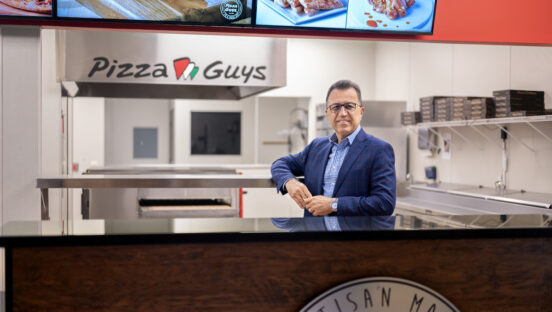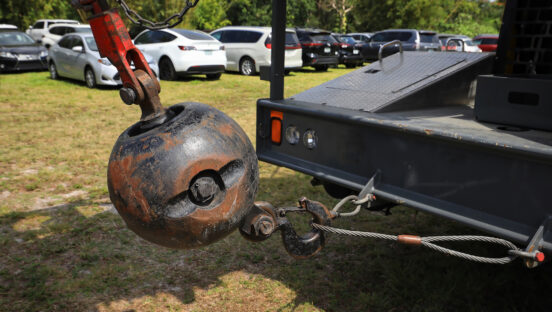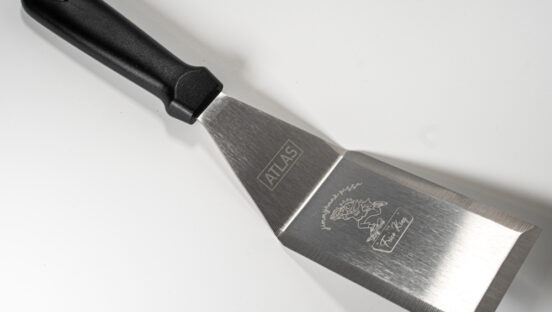With the price of gas predicted to inch toward $5 per gallon during the summer of 2008, it’s time to buckle down and make sure you’re taking advantage of all of the available tax deductions related to restaurant automobile usage. Every mile driven in an auto for business purposes will ease the tax burden of employers, selfemployed restaurant owners and employees, whether the auto is owned or leased.
Remember these points:
• An employer does not have to pay Social Security and Medicare taxes on working condition fringe benefits, which include employment connected business mileage on the company auto. By contrast, personal mileage must be treated as wages for Social Security and Medicare purposes.
• An employee who is given the use of a company automobile is not charged with fringe benefit compensation income because of employment-connected business mileage.
• Employees who supply their own autos for employmentconnected business driving can be reimbursed tax-free for business mileage.
• Every business mile increases deductions for self-employed taxpayers, as well as for unreimbursed employees. Personal mileage doesn’t yield any tax benefits.
Automobile Deductions
Here are the three basic areas for which restaurant operators can deduct automobile usage:
1. Owner’s/operator’s business use of a personal or company vehicle for transportation to and from the restaurant
2. Business supply purchases (locally), catering and other business-related trips
3. Delivery (requiring employee to provide own vehicle or providing company-owned vehicle)
Two methods exist for deducting automobile expenses:
Actual expense method. Unless the mileage rate method is used (see below), a taxpayer who uses an auto for business purposes deducts each year’s business-related percentage of: (1) an auto’s operating expenses, such as gas, oil, maintenance and insurance, and (2) the otherwise allowable depreciation deduction (if the auto is owned) or lease payments net of a special income-inclusion add-back.
Employers: If any personal use of the auto by an employee is properly treated as fringe benefit compensation income, the business-related percentage of an auto’s use is 100%. That means the employer may deduct its operating expenses, and also may claim all of the otherwise allowable depreciation deductions or lease deductions.
Self-employees and employees: A self-employed person, or an employee required to supply an auto for employment-related business driving, finds the businessrelated percentage by dividing annual business mileage by total annual mileage. This percentage determines the deductible portion of operating expenses, as well as depreciation or lease expenses. Personal use of an auto does not yield deductions.
Commuting is treated as personal driving. However, the distinction between commuting and business use is not always clear.
Mileage rate method. Instead of deducting actual business-related out-of-pocket expenses plus depreciation, eligible taxpayers may deduct business-connected expenses of leased or purchased autos (including vans, pickups and panel trucks) by way of the standard mileage rate. This method yields a fixed deduction for each business mile traveled, regardless of actual expenses, or the cost or age of the auto. The mileage rate, which is adjusted for inflation annually, is 50.5¢ for each business mile traveled during 2008.
For example, let’s say that during 2008, a restaurant owner puts 15,000 business-related miles on his auto. If he uses the standard mileage rate method and follows the simplified recordkeeping rules, he may claim a $7,575 deduction for 2008 (50.5¢ times 15,000 miles).
In addition, interest related to the purchase of the automobile, as well as state and local taxes (other than those included in the cost of gasoline) may be deducted as separate items, subject to certain limitations. If the auto is operated less than 100% for business purposes, only the taxes and interest allocable to the business use of the automobile are deductible.
For those taxpayers eligible to use it, the standard mileage rate offers the following potential advantages: Recordkeeping simplicity. Mileage rate users need not keep a record of actual expenses, or retain receipts where required; a record of the time, place, business purpose and number of miles traveled will suffice.












